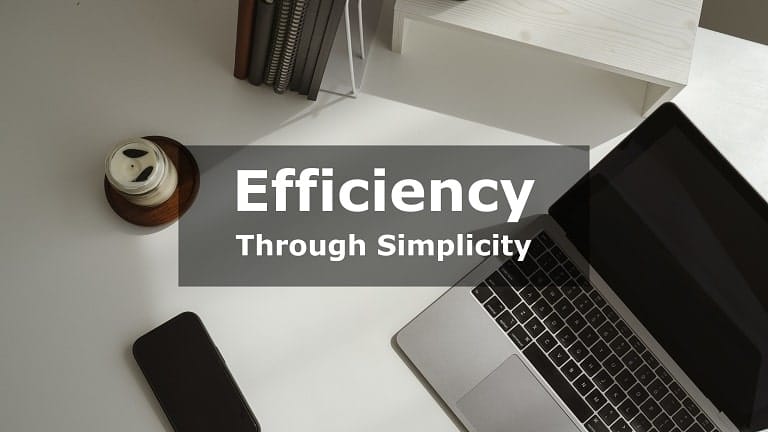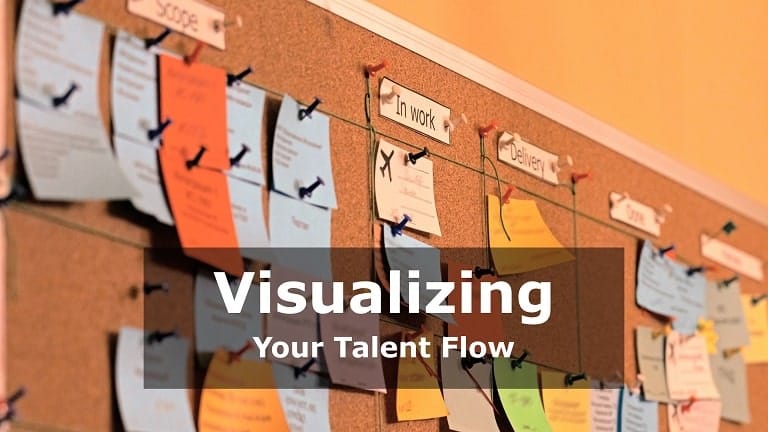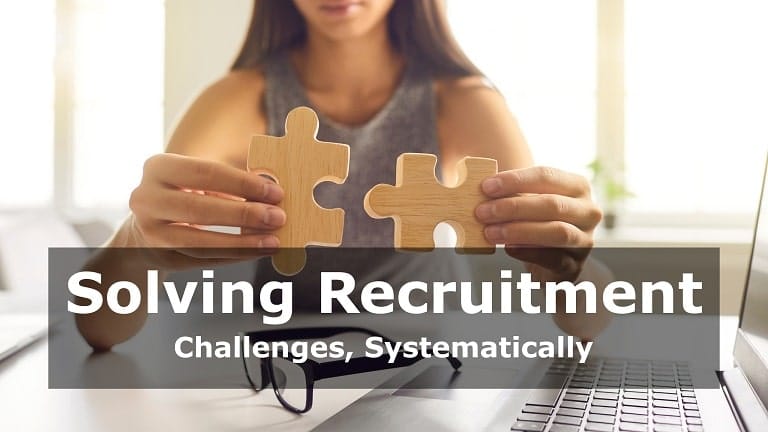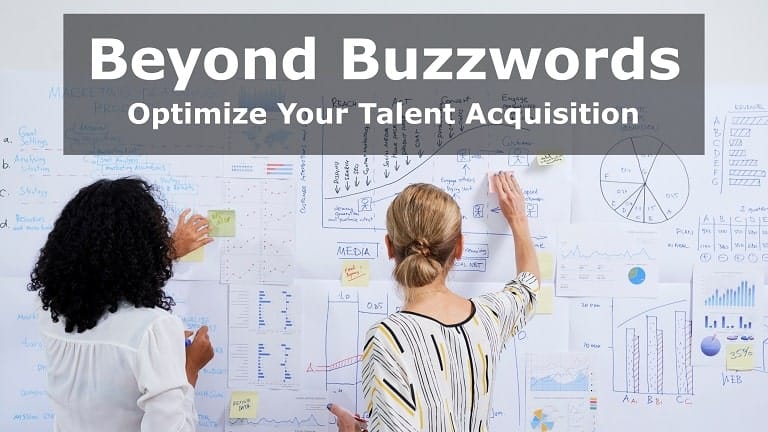In today’s fast-paced and efficiency-driven business landscape, organizations can no longer afford to treat hiring as a siloed, reactive function. As lean manufacturing continues to redefine how companies operate—from the factory floor to strategic decision-making—it’s only natural that its principles find their place in talent acquisition.
Lean manufacturing talent acquisition is more than just streamlining recruitment processes; it’s about adopting a value-driven mindset that prioritizes efficiency, clarity, and continuous improvement. By eliminating waste, mapping value streams, and building feedback loops into the hiring journey, companies can drastically improve not only how fast they hire—but how well.
In this article, we explore how to apply lean concepts to your recruitment strategy, identify candidates who genuinely embody lean thinking, and build a hiring team capable of driving transformation. Whether you’re scaling operations or refining your approach, embracing lean principles in talent acquisition can be the transformative competitive edge your manufacturing business needs.
What Is Lean Manufacturing Talent Acquisition?
Lean manufacturing talent acquisition is the strategic integration of lean principles—originally developed for production efficiency—into the recruitment function. At its core, lean thinking aims to eliminate waste, reduce inefficiencies, and maximize value. When applied to hiring, this approach reimagines recruitment as a value-generating process that can be streamlined, measured, and continuously improved.
According to SHRM, the average cost of a bad hire can be as high as $240,000, accounting for hiring, onboarding, and lost productivity. Meanwhile, inefficient hiring processes can increase time-to-fill by up to 40%, creating talent gaps that impact delivery and morale. By identifying process inefficiencies and focusing on continuous improvement, lean hiring strategies can dramatically reduce both cost and time-to-hire.
For example, one mid-sized manufacturing company used value stream mapping to analyze its interview process. They found a three-week delay between initial screening and second-round interviews was causing qualified candidates to drop out. By standardizing interview scheduling and automating feedback loops, they reduced that delay to five days—leading to higher offer acceptance rates and faster onboarding.
Beyond efficiency, lean hiring also strengthens alignment between company culture and candidate values. A lean talent acquisition strategy ensures that each hire not only fits the job description but also aligns with your company’s commitment to continuous improvement and operational excellence.
Applying Lean Principles to the Recruitment Process
Lean thinking doesn’t stop at the production line—it extends to how you attract, evaluate, and onboard talent. By applying core lean principles to recruitment, organizations can drastically reduce inefficiencies, enhance candidate experience, and improve hiring outcomes.
Eliminate Waste in Hiring Workflows

Recruitment waste includes unnecessary steps, delays, and redundancies. A lean approach focuses on streamlining every stage.
Common types of waste include:
Too many interview rounds or duplicated questions.
Unqualified applicants due to unclear job descriptions.
Slow decision-making due to feedback bottlenecks.
How to eliminate them:
Automate repetitive tasks with recruitment software.
Use structured interviews and scoring systems to eliminate bias and inefficiency.
Implement batch interviews and pre-qualification filters.
Value Stream Mapping Your Hiring Pipeline

Value Stream Mapping (VSM) is a visual tool for identifying waste and inefficiencies. Apply it to recruitment by mapping your hiring journey—job posting, sourcing, screening, interviewing, offers.
Identify bottlenecks such as:
Delays in feedback or approvals.
Repetitive screening steps.
Lack of clarity in candidate communications.
Impact: Companies that use lean tools like VSM often report a 25–50% reduction in time-to-fill when inefficient steps are identified and improved.
For those unfamiliar, value stream mapping is a lean tool used to visualize and analyze every step in a process to identify waste and improve flow.
Build a Continuous Improvement Loop

Lean is not a one-time fix—it thrives on kaizen (continuous improvement). Apply this mindset to your hiring practices by setting up regular review cycles.
Tactics to build a feedback loop:
Collect candidate experience surveys post-interview.
Track recruitment metrics like time-to-hire, conversion rates, and drop-off points.
Conduct post-mortem reviews on failed or delayed hires to understand what went wrong.
Schedule quarterly retrospectives with the talent acquisition team to review and iterate on processes.
By treating recruitment as an evolving process rather than a fixed system, you foster an agile team culture where small improvements lead to significant long-term gains.
How to Identify Talent with a True Lean Mindset
Hiring candidates with technical skills is important—but in a lean manufacturing environment, mindset matters just as much. Lean thinkers thrive on efficiency, continuous improvement, and collaboration. To build a truly lean-driven team, recruiters must go beyond resumes and assess how candidates think, solve problems, and interact with systems. Here’s how to identify those with a true lean mindset.
Spotting Lean Behaviors in Interviews
Lean-oriented individuals often demonstrate a proactive approach to problem-solving, a focus on efficiency, and a systems-level perspective.
What to look for:
Candidates who speak about reducing waste, optimizing workflows, or standardizing procedures in past roles.
Evidence of cross-functional collaboration or leading small process improvements.
An emphasis on metrics, data, and results in their work narratives.
Sample behavioral questions:
“Tell me about a time you identified and fixed an inefficiency in a process.”
“How do you prioritize tasks when facing tight deadlines or limited resources?”
“Have you ever led or participated in a continuous improvement initiative?”
Evaluate for Cultural Fit in Lean Environments
Beyond individual skills, lean talent should align with the broader cultural values of lean thinking—such as respect for people, humility, and evidence-based decision-making.
How to assess cultural fit:
Ask questions that reveal attitudes toward teamwork and collaboration, such as:
“Tell me about a time you had to get buy-in for a process change from someone resistant.”Use role-play scenarios or case studies:
Present a mock process issue and observe how the candidate approaches identifying waste, proposing changes, and communicating their plan.Look for self-reflection and humility—lean thinkers often view mistakes as opportunities to improve.
Tools to Support Lean Talent Profiling
Technology can aid in screening and evaluating for lean capabilities and mindset.
Suggested tools and techniques:
AI-powered assessments that analyze problem-solving styles and process-orientation.
Lean culture fit surveys designed to measure alignment with values like continuous improvement and respect for systems.
Skills tests on:
Value stream mapping
Root cause analysis (e.g., 5 Whys)
PDCA (Plan-Do-Check-Act) cycles
Simulated exercises where candidates are asked to improve a broken or inefficient process.
Identifying candidates with a lean mindset ensures that you’re not only filling roles—but investing in people who will drive sustainable improvement across your organization.
Building a Lean-Centered Talent Acquisition Team
Creating a lean-centered talent acquisition (TA) team goes beyond tweaking recruitment workflows—it requires a mindset shift within the team itself. To truly embed lean thinking into talent acquisition, organizations must invest in upskilling their recruiters, realign hiring KPIs with lean goals, and foster leadership that models continuous improvement.
Training is Foundational
The first step is training your TA team in lean methodology. While recruiters are experts in sourcing and engagement, many are unfamiliar with lean concepts like waste reduction, process flow, and value stream mapping. Providing foundational training on lean principles enables them to view recruitment not just as a process, but as a system that can be continuously improved. Workshops, certification programs, or even internal lean mentors can help build this critical capability. Teams trained in lean are better equipped to spot inefficiencies, propose meaningful changes, and maintain a data-driven hiring approach.
Use Lean Metrics
Focus on KPIs that reflect true efficiency:
Time-to-value: How quickly a hire becomes productive.
Offer-to-acceptance rate: Indicator of candidate alignment.
Cost-per-hire per channel: To assess sourcing ROI (e.g., how much it costs to hire via LinkedIn vs. job board vs. referral).
Drop-off rates: Where candidates leave the process and why.
These KPIs encourage a culture of refinement, where decisions are based on evidence, not assumptions.
Leadership Support
Lastly, leadership plays a pivotal role in sustaining a lean hiring culture. Hiring managers and TA leaders must model lean behaviors—welcoming feedback, eliminating redundant steps, and encouraging experimentation. Leaders should also support open communication between HR, operations, and department heads to ensure that talent acquisition aligns with real-time business needs. A cross-functional approach to recruitment ensures that every hire adds measurable value to the organization.
By cultivating a lean-centered TA team, organizations not only streamline hiring but also build a talent pipeline that reflects the agility, efficiency, and innovation at the heart of lean thinking.
Challenges and How to Overcome Them
Implementing lean in talent acquisition isn’t always smooth. Teams may face:
Initial resistance to change from recruiters or hiring managers.
Lack of lean knowledge or internal process ownership.
Time investment for training and retooling.
Solutions:
Start small—pilot lean hiring in one department.
Share wins and measurable results to gain buy-in.
Provide accessible training and internal lean champions to support adoption.
Conclusion
Lean is not just a methodology—it’s a culture, a mindset, and a commitment to creating value at every level. When applied to talent acquisition, it transforms hiring from a disjointed process into a strategic asset that supports agility, innovation, and long-term growth.
By eliminating inefficiencies, mapping and refining your recruitment pipeline, and training your team to think lean, you lay the foundation for smarter, faster, and more effective hiring. More importantly, by identifying and selecting candidates who truly embody lean values—such as continuous improvement, systems thinking, and respect for people—you ensure that your workforce is aligned with your operational goals from day one.
Lean manufacturing talent acquisition isn’t a buzzword—it’s a blueprint for future-ready hiring. Start small, stay consistent, and watch how the principles of lean create lasting impact not only in what you produce, but in who you bring on board to do it. Ready to infuse lean principles into your leadership hiring and drive operational excellence? JRG Partners’ manufacturing executive recruiters specialize in placing leaders who live and breathe lean thinking. Let us help you find the talent that will transform your organization.


